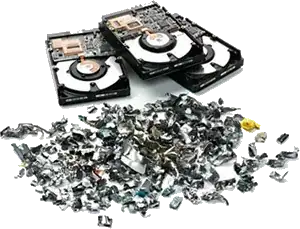I manage a company's equipment and the manager has used a piece of equipment for the last 3 years. He told me, that he will give that equipment to one of the employees. However, he has told me to please make sure that the information on it is deleted so that it is unrecoverable.
I like this subject and don't know much about it, so I deleted the information with the linux "rm" command. I know that it is still possible to recover it with forensic techniques. The information on the device was critical, e.g. customer information and information about upcoming projects to be released.
The questions are:
- Should I format several times to make the information unrecoverable and overwrite the data? 0's and 1's?
- I deleted the information first and the partition was not encrypted. What happens if I encrypt the partition now? If the computer is stolen, could the information be recoverable?
- Do programs like BCWIPE work?
- What recommendation would you give me so that no one could recover that information that I already deleted with "rm"?
The root disk is SDD and the partition that is not encrypted is HDD. Currently the system is with the Manjaro distribution.
